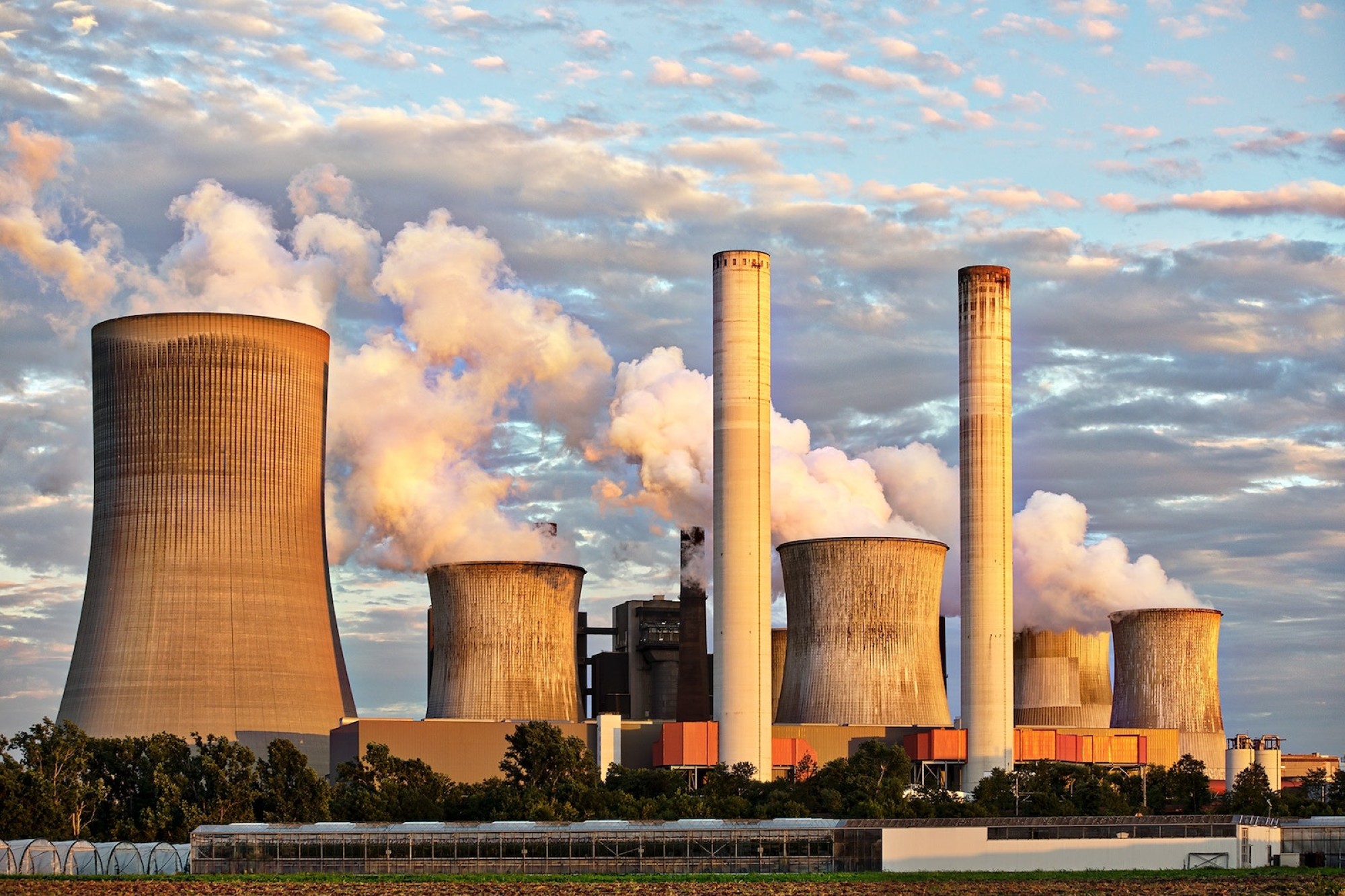Advancing towards nuclear energy self-reliance: Minister Jitendra Singh
By EPR Magazine Editorial April 5, 2025 12:32 pm IST
By EPR Magazine Editorial April 5, 2025 12:32 pm IST

India currently operates 25 nuclear power plants with a total capacity of 8880 MW, forming a key component of the nation’s clean energy transition.
In a major update to India’s nuclear energy roadmap, the Minister of State for Department of Atomic Energy, Jitendra Singh, informed the Rajya Sabha about the country’s substantial progress in nuclear energy development, with a focus on indigenous capability, efficient fuel utilisation and advanced safety protocols.
India currently operates 25 nuclear power plants with a total capacity of 8880 MW, forming a key component of the nation’s clean energy transition. Under the long-standing three-stage nuclear power programme, India aims to optimise limited uranium resources and harness its vast thorium reserves for long-term energy security through a nearly closed nuclear fuel cycle, where spent fuel is reprocessed and reused.
The Atomic Minerals Directorate for Exploration and Research (AMD&ER) has identified and evaluated 4.28 lakh tonnes of in-situ uranium oxide resources across 47 deposits in 11 states, ensuring raw material support for the nuclear fuel cycle. The Uranium Corporation of India Ltd (UCIL) continues to expand capacities to meet domestic uranium fuel requirements, while Nuclear Fuel Complex (NFC) has bolstered infrastructure at Hyderabad and developed new facilities at Pazhayakayal and Kota for zirconium and fuel production respectively. NFC-Kota is over 90% complete and scheduled for commissioning by March 2026.
To manage nuclear waste responsibly, India has developed vitrification technology and partitioning methods at BARC, enabling volume reduction of high-level waste and recovery of useful isotopes such as Caesium-137, Strontium-90, and Ruthenium-106. A large-capacity Integrated Nuclear Recycling Plant (INRP) is also under construction for enhanced reprocessing.
In a significant leap, the country has completed the concept design of the Bharat Small Modular Reactor (BSMR 200 MWe). Developed jointly by BARC and NPCIL, the lead unit will be constructed at a projected cost of ₹5,700 crores, with a commissioning target set within seven years of financial approval. The BSMR features passive and engineered safety systems and aligns with global standards, while its indigenous development will enable mass deployment. India also retains the option to use imported slightly enriched uranium.Safety remains paramount, with rigorous regulatory oversight by AERB, strict personnel protocols, and international cooperation through IAEA. Public engagement continues through structured awareness programmes by NPCIL to address societal concerns around nuclear energy.
On the reactor front, the recently commissioned Kakrapar Atomic Power Station Units 3 & 4 (700 MW each) became fully operational on June 30, 2023, and March 31, 2024 respectively. Meanwhile, Rawatbhata Unit 7 (RAPP-7) was connected to the grid on March 17, 2025, and Unit 8 is slated for completion in 2025-26, marking further progress in indigenous PHWR deployment.
These developments reflect India’s steady march toward nuclear energy self-reliance, aiming to meet future energy demands sustainably while upholding the highest standards of safety and innovation.
We use cookies to personalize your experience. By continuing to visit this website you agree to our Terms & Conditions, Privacy Policy and Cookie Policy.